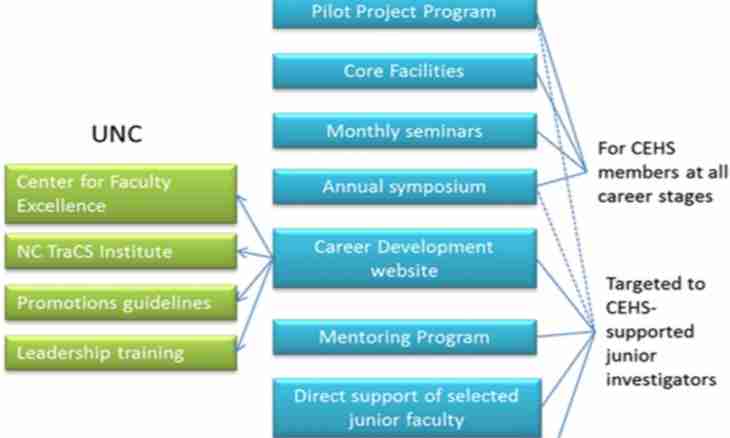Let's consider what stages of creation of the website exist: from the idea before implementation. Different commands in the company, and also employed freelancers can work at all development stages over the website, but all process controls and the project manager supervises.
Stage 1. Requirements gathering to the project
At this stage the Customer fills a brief on development of the website. Depending on complexity of the project the requirements gathering can look as a normal brief in the text document with questions on project details which are filled by the Customer. In some cases, when there is a big uncertainty and questions in advance it is impossible to formulate, it is recommended to conduct a deep interview with the Customer or with representatives of a team of the Customer.
As a result of this stage the project manager should receive the following data:
- Solves the website purpose, what problems.
- Target audience for which the website is designed.
- Business requirements: quantitative and quality indicators to which we aspire when developing. For example: lower load of a hot telephone line three times, having posted answers to the most frequent questions on the website; the order of goods in one click; a possibility of orders of goods from phone, etc.
- Business restrictions: the budget on development, terms.
- Technical restrictions and requirements. For example, integration with other Internet platforms of the Customer.
- The laws and normative legal acts deystvushchy in the service industry of the Customer and development an inform. Wednesdays. For example, if visually impaired people use the website, then for them the website should be designed according to the special standard.
Stage 2. Writing of the specification and development of a prototype
The specification should include development of prototypes of pages with the approximate concept of the project and the contents. There are standards of development of specifications which give a lot of practical knowledge.
Carry to such documents:
- GOST 34
- GOST 19
- IEEE STD 830-1998
- ISO/IEC/IEEE 29148-2011
- RUP
- SWEBOK, BABOK and so forth.
In the specification it is necessary to describe the created system, to make its scheme consisting of separate modules, to show communications between these modules, to describe work, functions and screens of the interface, kotor follow from functions of a system and which users will use. It is also necessary to formulate the concept of design: color scheme, restrictions, platforms of use.
On the basis of the specification and screen forms listed in it the designer of interfaces does a prototype of future website.
Stage 3. Design of the website
The design becomes on the basis of a prototype. As a result of work the designer should present models of all screens described in the specification. If the designer developed also a logo for the website, then it should issue requirements for use of a logo. Also ""UI file"" in which all possible statuses of different elements of the website are shown is formed. For example: as each button in a normal status looks, when aiming at it a mouse, at clique on it a mouse.
Stage 3. Imposition and programming of the website
By rules of development at first the website is imposed, and then the logic of work of the website is programmed. In parallel with imposition the design team can prepare a backend of the website which includes development of architecture, the database, communication between them, the choice of tools for implementation, creation of an administrative part of work with the website. After completion of imposition the frontend is programmed - it is that part of the website which is visible to users and has design.
Stage 4. Testing and debugging of the website
After end of the third stage the website is placed on the test domain where it is tested by design team, the project manager, testers and, eventually, the Customer. From all who took part in testing errors of testing, suggestion for improvement of the user scripts gather. Such offers are implemented at once if it does not influence radically terms and the budget of the project. If after testing the part of tasks requiring passings again of all development stages comes to light, then such tasks are made out as the separate list of completions and implemented after start osnovgo the website, with the new budget, terms, etc.
Stage 5. Start of the website and control of indicators
Before start of the website on it counters of different metrics, for tracking necessary indicators of the website surely are placed. After start all command monitors correct work of the website, governs ""on the fly"" appreciable errors and problems. The project manager monitors implementation of the installed requirements of business to the website.

